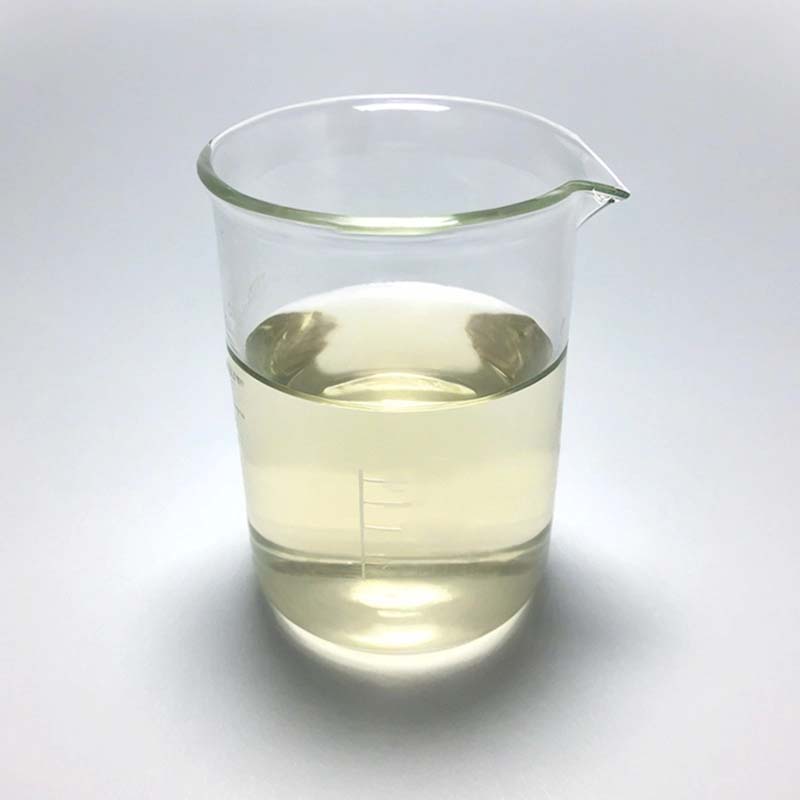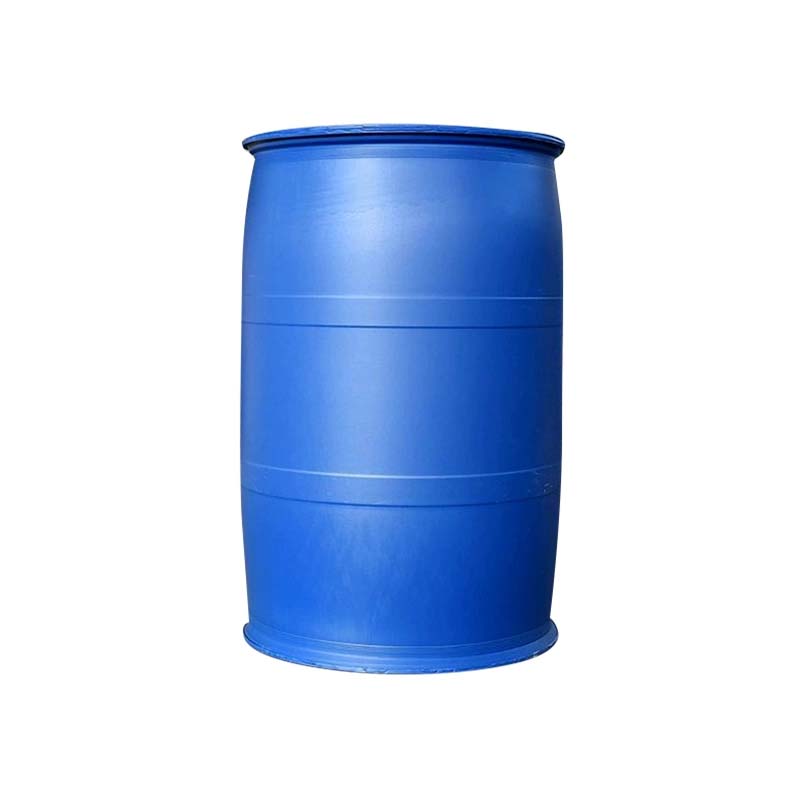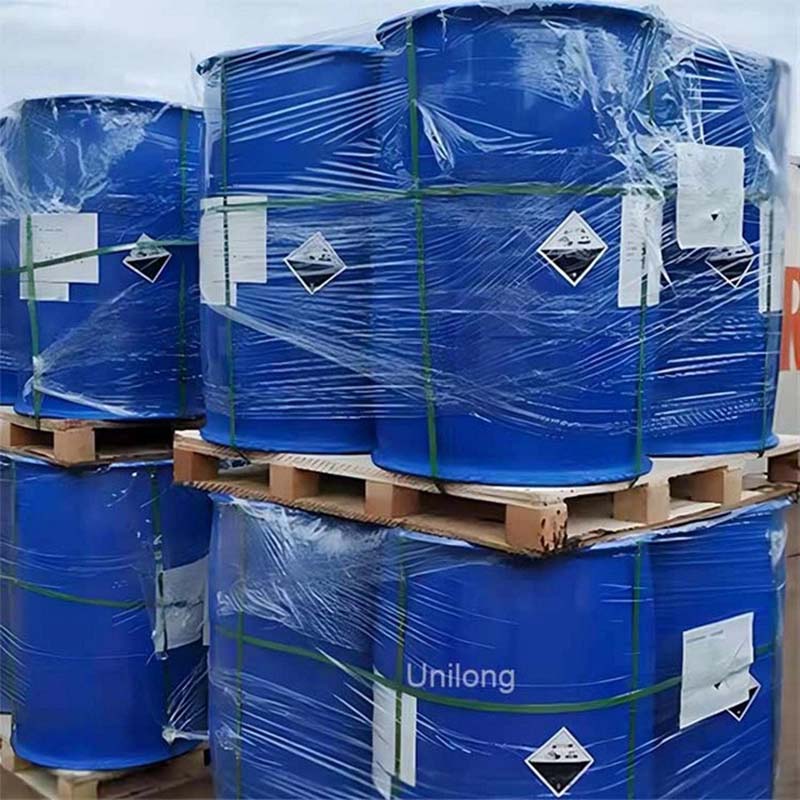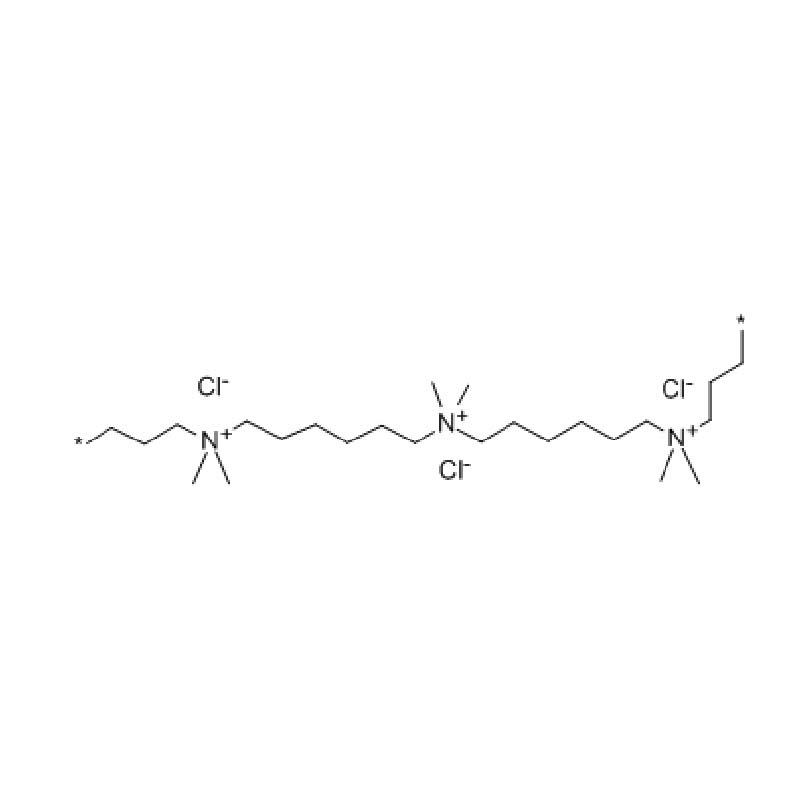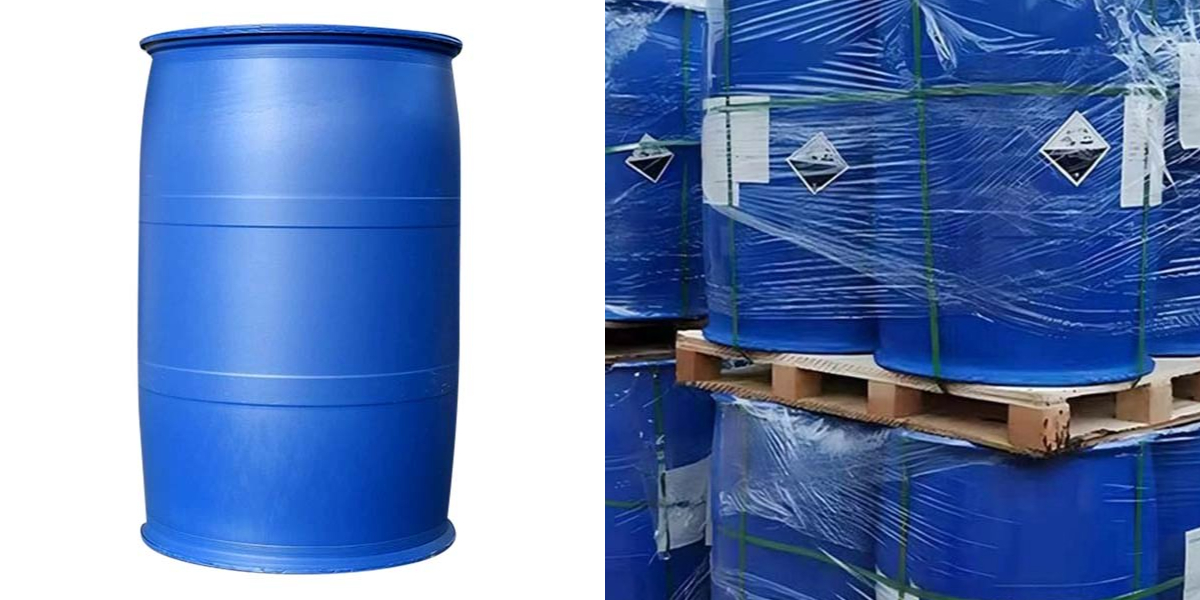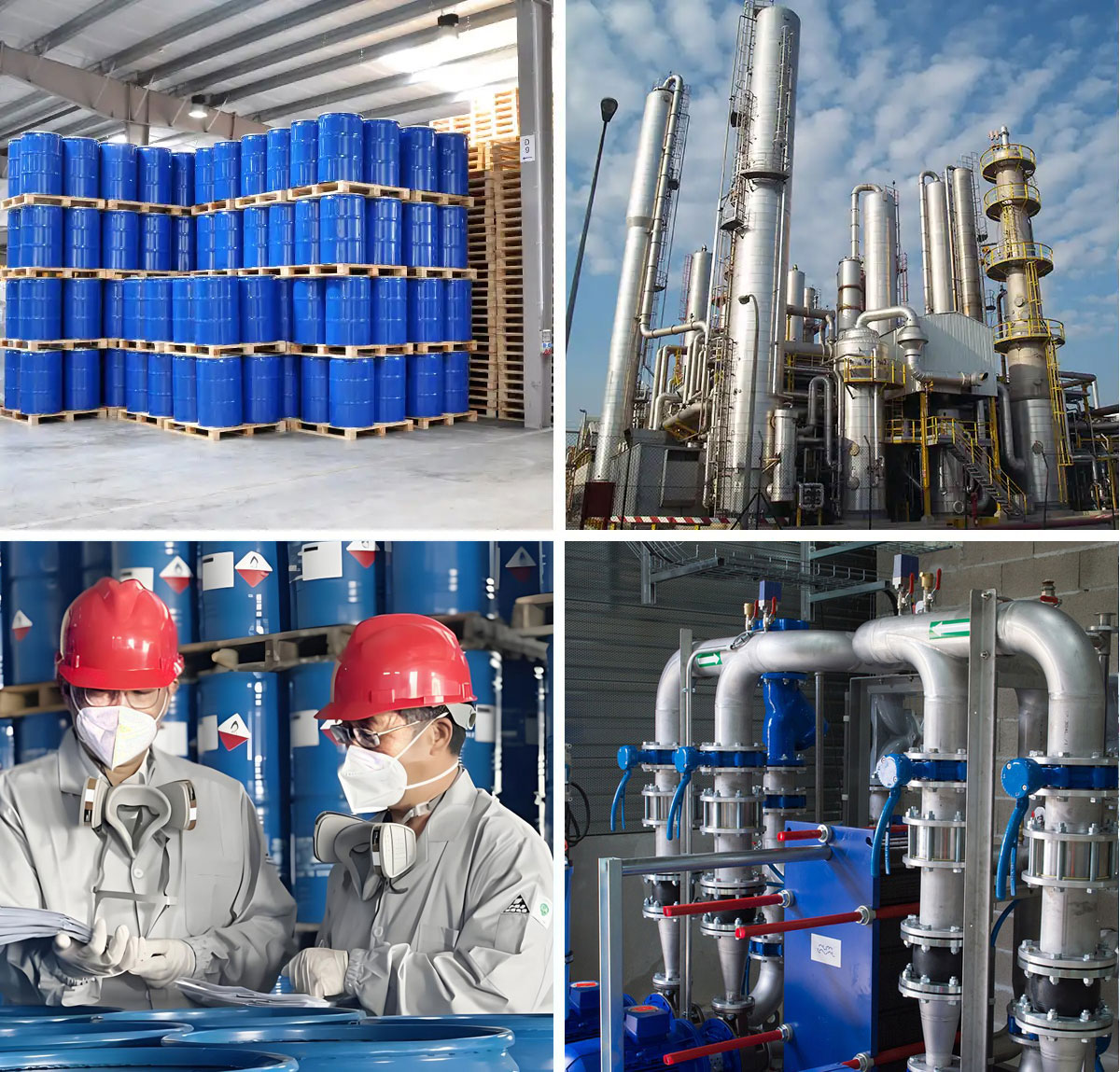Poly(diallyldimethylammonium chloride)
High-Efficiency Flocculant: PDADMAC is a strong cationic polyelectrolyte, widely utilized in water treatment and paper production to promote coagulation and the removal of suspended matter.
Intense Positive Charge: The polymer’s extended chains carry significant positive charges, enabling effective binding and aggregation of particles present in aqueous systems.
Multiple Industrial Uses: Owing to its adaptability, PDADMAC is employed in many sectors, particularly in processes aimed at improving water clarity and assisting material separation.
Stable Properties: The compound remains stable under normal conditions, though it is incompatible with strong oxidants and certain metals, making proper handling essential.
Poly(diallyldimethylammonium chloride) (PDADMAC) is a cationic polymer commonly employed as an effective flocculating agent in multiple industrial applications. It is synthesized through radical polymerization of diallyldimethylammonium chloride monomers, typically using organic peroxides as catalysts.
This process results in extended molecular chains with strong positive charges, which efficiently bind and aggregate suspended particles in aqueous systems. PDADMAC finds broad usage in water treatment, paper manufacturing, and other fields requiring particle removal or coagulation. Its functional versatility and reliable performance make it a preferred choice for enhancing water quality and supporting various separation processes.
Poly(diallyldimethylammonium chloride) Chemical Properties
density | 1.09 g/mL at 25 °C | |
refractive index | n20/D 1.417 | |
Fp | 100 °C | |
form | viscous liquid | |
Stability: | Stable. Incompatible with strong oxidizing agents, iron and iron salts, steel, copper, copper alloys, aluminium. | |
LogP | -2.301 (est) | |
CAS DataBase Reference | 26062-79-3 | |
EPA Substance Registry System | Poly(dimethyl diallyl ammonium chloride) (26062-79-3) |
Safety Information
Risk Statements | 36/37/38 |
Safety Statements | 26-36 |
WGK Germany | 2 |
RTECS | BP6360000 |
Toxicity | LD50 oral in rat: 3gm/kg |



